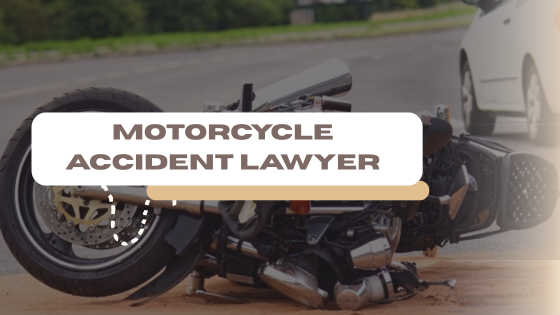Owning land in Kentucky can feel like a smart investment—until it starts costing you more than it’s worth. Maybe you inherited a rural parcel. Maybe you bought acreage years ago with plans that never materialized. Or maybe you’re just tired of paying property taxes on something that’s sitting idle. Whatever the case, if your land isn’t generating income or serving a clear purpose, it’s time to ask a hard question: is it wise to keep holding, or is it time to sell?
And if you do sell, should you work with a cash buyer?
Have You Seen Those “We Buy Land in Kentucky” Signs?
You’ve probably seen them—on billboards, online ads, or even postcards in the mail. “We buy land in Kentucky.” At first glance, it might seem like a gimmick. But behind those signs are real investors and land buying firms who specialize in fast, direct land purchases. They’re not looking for dream homes or polished parcels. They’re looking for opportunity—and they’re ready to move quickly.
These buyers aren’t waiting for financing. They don’t need inspections or contingencies. They make cash offers, handle the paperwork, and close fast. For landowners who want speed, simplicity, and certainty, they offer a compelling alternative to the traditional listing process.
Why Traditional Land Sales Often Stall
Selling land through a realtor can be slow, expensive, and frustrating. Unlike homes, land doesn’t attract emotional buyers. It doesn’t benefit from staging or curb appeal. And most agents prioritize residential listings over raw land, leaving your property buried at the bottom of their marketing efforts.
Even if you get an offer, the process can drag. Appraisals, zoning reviews, financing delays—it all adds up. Meanwhile, you’re still paying taxes, maintaining the property, and waiting for a deal that may never close.
If your goal is to sell quickly and cleanly, cash buyers offer a better path.

The Benefits of Working with Cash Buyers
Speed is the most obvious advantage. Cash buyers can close in days, not months. There’s no waiting for bank approvals or buyer indecision. You get a direct offer, and if you accept, the deal moves fast.
Simplicity is another major benefit. You don’t need to clean up the land, install utilities, or prep it for showings. Cash buyers purchase land as-is. Whether it’s landlocked, remote, or overgrown, they know how to handle it.
You also avoid commissions and fees. Traditional sales often involve realtor commissions, closing costs, and marketing expenses. Cash buyers typically cover those costs themselves, leaving you with a clean payout.
And finally, you gain peace of mind. Selling land can be emotionally and financially draining. Working with a cash buyer means you skip the stress and walk away with clarity—and cash.
When It Makes the Most Sense
Cash buyers are especially valuable in situations where speed and simplicity matter most. If you’ve inherited land you don’t want to manage, they can help you liquidate quickly. If your property is rural, landlocked, or hard to market, they’ll see value where others don’t. If you’re facing financial pressure from taxes or maintenance, they offer a fast exit. And if you simply want to convert a passive asset into active capital, cash buyers are the fastest path forward.
Why Land Boss Is a Smart Choice
Among Kentucky’s land buying firms, Land Boss stands out. They specialize in off-market land deals and work with a network of investors who are actively seeking parcels across the state. Whether your property is near Lexington, Bowling Green, or tucked away in the Appalachian region, Land Boss can help you sell fast—and walk away with a fair offer.
Their process is simple: you submit your property details, they evaluate it, and if it fits their criteria, they make a cash offer—often within 24 to 48 hours. No commissions. No delays. No guesswork. Just a clean, fast transaction that puts money in your pocket and frees you from the burden of ownership.
Conclusion
Working with cash buyers in Kentucky isn’t just wise—it’s often the most practical, profitable, and stress-free way to sell land. You skip the waiting, the fees, and the uncertainty. You deal directly with professionals who know the market and are ready to act.
So the next time you see one of those “we buy land in Kentucky” signs, don’t dismiss it. Behind that message might be the solution you’ve been waiting for. Whether you’re holding onto inherited acreage, tired of paying taxes on unused land, or simply ready to cash out, the right buyer can make all the difference.


















